Cobbling (Shoe Repair)
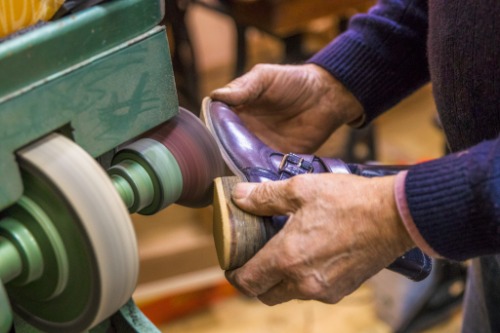
Once upon a time, a good pair of leather shoes was a serious investment, and people expected them to last for years. If your soles wore thin or your heel broke, you didn’t toss them—you took them to a cobbler. But with the rise of cheap, mass-produced footwear, repairing shoes became more expensive than simply replacing them. Today, most people wouldn’t even know where to find a cobbler if they needed one.
Cobbling required craftsmanship, knowledge of materials, and specialized tools that aren’t commonly used anymore, according to the El Paso Times. As the demand dwindled, so did the number of people willing to train in the trade. By the late 20th century, shoe repair shops were closing at an alarming rate. Now, in an era of fast fashion, fixing shoes is almost unheard of.
Darning Socks
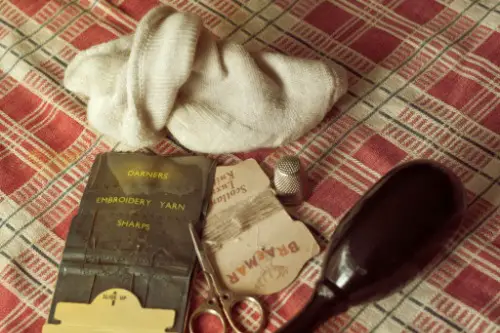
Grandma didn’t throw out a pair of socks just because they had a hole in them—she fixed them with a needle and thread. Darning was a common household skill, especially during the Great Depression and wartime rationing when waste wasn’t an option. People had darning eggs or mushrooms, which helped them mend socks neatly. Today, the idea of spending time fixing socks seems almost ridiculous when you can buy a new pack for a few bucks, The Guardian explains.
Mass production and synthetic materials have made socks so cheap that repairing them is a lost cause. Plus, many modern socks are so thin and poorly made that they aren’t even worth fixing. Darning was also a skill passed down through generations, but without a practical need for it, few people learned. Now, it’s more of a quaint hobby than a household necessity.
Handwriting Letters

There was a time when writing a letter was the only way to keep in touch with loved ones far away. People took pride in their penmanship, and fancy cursive writing was a mark of education. The arrival of email, texting, and social media made handwritten letters feel slow and inconvenient. These days, most people’s handwriting is barely legible, and formal letter-writing is practically extinct, according to The Guardian.
Schools once required students to practice cursive, but many have phased it out entirely. With keyboards and voice-to-text dominating communication, few people see a need for elegant script. Even official documents that once required signatures now accept digital alternatives. While some people romanticize handwritten letters, they’re no longer part of daily life.
Operating a Manual Transmission Car
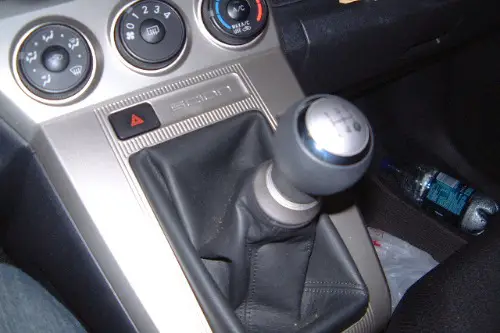
Driving stick shift used to be a rite of passage, and nearly every driver knew how to do it. In the mid-20th century, automatic transmissions were a luxury feature, so manual cars were standard. Over time, automatics became more affordable, and fewer people bothered to learn how to drive a stick. Today, most new cars don’t even offer a manual option, making the skill increasingly irrelevant, according to D&T Auto Parts.
Many younger drivers have never even sat in a manual car, let alone shifted gears themselves. Car manufacturers realized that automatics are more convenient and efficient for the average person. While some car enthusiasts still swear by manuals for better control and performance, they make up a tiny percentage of drivers. If you tried to rent a stick-shift car today, you’d probably struggle to find one.
Churning Butter
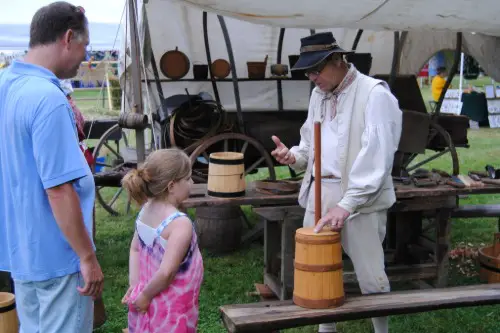
Before grocery stores stocked every kind of butter imaginable, people made their own at home, according to Slow Food. Families had butter churns, and turning cream into butter was a normal part of kitchen life. It was a slow, labor-intensive process, but it was necessary when dairy products weren’t widely available. Today, with butter easily accessible and cheap, the thought of churning your own seems like something out of a history book.
The decline of small family farms and the industrialization of food production made homemade butter unnecessary. Butter factories can produce massive quantities in minutes, while churning by hand takes ages. Even homesteaders and self-sufficiency enthusiasts rarely bother with it when the store-bought version is just as good. Now, churning butter is mostly a novelty or a fun activity at historical reenactments.
Making Soap from Scratch
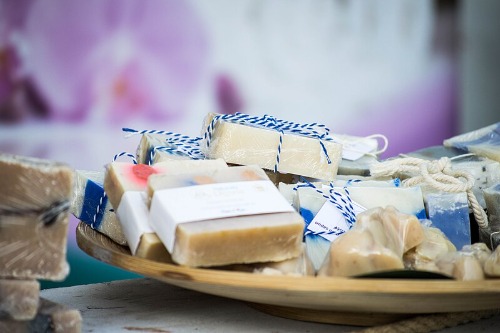
Soap used to be made at home with lye, animal fats, and a whole lot of patience. It was a messy, sometimes dangerous process, but it was essential before commercial soap became widespread. Settlers and farmers had to know how to make their own because there weren’t any convenience stores nearby. Today, we have an endless selection of soaps with every scent imaginable, making homemade soap a lost necessity.
The introduction of mass-produced soap in the late 19th and early 20th centuries changed everything. Factories could make it faster, safer, and in more appealing varieties than people could at home. Modern concerns about safety (since lye is caustic) have also discouraged people from making soap themselves. While artisanal soap-making has made a trendy comeback, it’s no longer a household chore.
Sewing and Mending Clothes
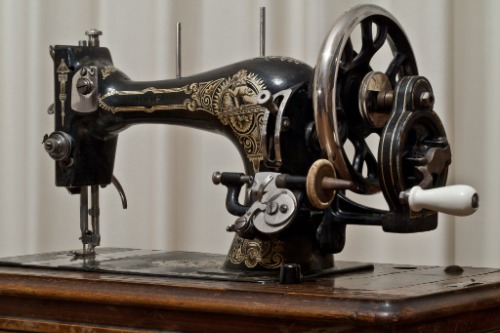
Sewing was once a must-have skill, not just a hobby or craft. If your dress ripped or a button fell off, you didn’t toss it—you fixed it. Clothes were more expensive and made to last, so people knew how to patch holes, replace zippers, and adjust hems. Now, fast fashion and disposable clothing have all but erased the need for these skills.
Big retailers pump out cheap clothing at breakneck speed, and many people don’t even own a sewing kit. If something rips, it’s often easier (and sometimes cheaper) to replace it rather than repair it. Schools used to teach basic sewing, but most have dropped it from the curriculum. Unless you have an interest in fashion or DIY projects, sewing is no longer essential.
Building Log Cabins

Back in the frontier days, if you wanted a home, you had to build it yourself. Log cabins were the go-to because wood was readily available and relatively easy to work with. Pioneers used hand tools to shape logs and fit them together, creating sturdy, weather-resistant homes. These days, no one is building their own house from scratch unless they’re in a survivalist TV show.
Modern construction methods, prefabricated homes, and power tools have eliminated the need for this skill. Even if you wanted to build a log cabin today, you’d likely hire a contractor instead. The labor-intensive nature of log building means it’s just not practical for most people. While some people still learn the technique for fun, it’s no longer a widespread ability.
Milking a Cow by Hand

If you wanted fresh milk in the old days, you had to milk the cow yourself. This was a daily task on farms, and knowing how to do it properly was essential. Today, nearly all milk production is handled by machines that can do the job far more efficiently. The average person wouldn’t have the first clue how to milk a cow, let alone handle a dairy animal.
Modern dairy farms rely on automated milking systems that collect milk quickly and hygienically. With fewer small family farms around, there’s little reason for anyone outside the industry to learn this skill. Hand-milking is still done in certain cases, like small homesteads, but it’s no longer mainstream knowledge. Now, the idea of milking a cow by hand seems more like a fun farm experience than a necessity.
Reading a Paper Map

Before GPS, getting from point A to point B required actual navigation skills. People carried paper maps in their cars, unfolded them on road trips, and had to figure out their routes manually. But as soon as smartphones and GPS systems became standard, map-reading became a lost art. Most people today would struggle to use a paper map if their phone battery died.
Technology has made navigation so effortless that even asking for directions is rare. Turn-by-turn guidance means no one has to think ahead or plan a route. Many younger drivers have never even looked at a road atlas, let alone used one to navigate. While maps are still around, they’re mostly used as decorative nostalgia rather than practical tools.
Operating a Switchboard
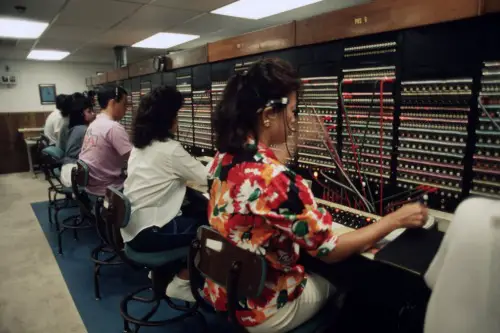
Before smartphones and digital phone networks, human operators had to manually connect calls using switchboards. If you wanted to reach someone, you’d call the operator, who would plug your line into the right circuit to complete the connection. This job required patience, quick thinking, and a good memory, but it became obsolete with automated dialing systems. Today, few people even realize that switchboard operators were once a crucial part of communication.
By the mid-20th century, advances in telecommunications made manual switchboards unnecessary. Automated exchanges took over, allowing people to dial numbers directly without an operator’s help. As digital technology evolved, even landline use declined, making switchboards a thing of the past. Now, the only time you’ll see one is in an old movie or a museum exhibit.
Using a Washboard for Laundry
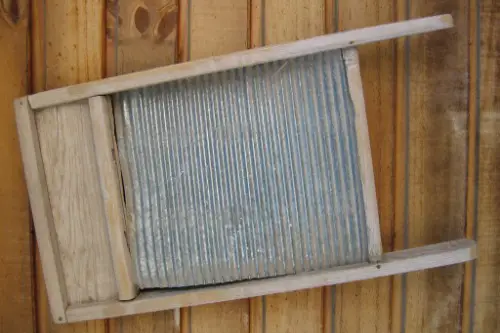
Before washing machines, doing laundry was a physically demanding task that required a washboard and a whole lot of scrubbing. Clothes were soaked, scrubbed against the ridges of the board, wrung out, and hung to dry. This was an everyday reality for homemakers and laborers alike, and it took real effort to keep clothes clean. Today, tossing a load in the washing machine takes seconds, making washboards completely obsolete.
The rise of electric washing machines in the mid-20th century changed everything. Over time, even laundromats became more convenient, offering quick and affordable options for people without home appliances. While some off-grid homesteaders and historical reenactors still use washboards, they’re no longer part of daily life. If you ask the average person how to use one, they’d probably just stare at you in confusion.


